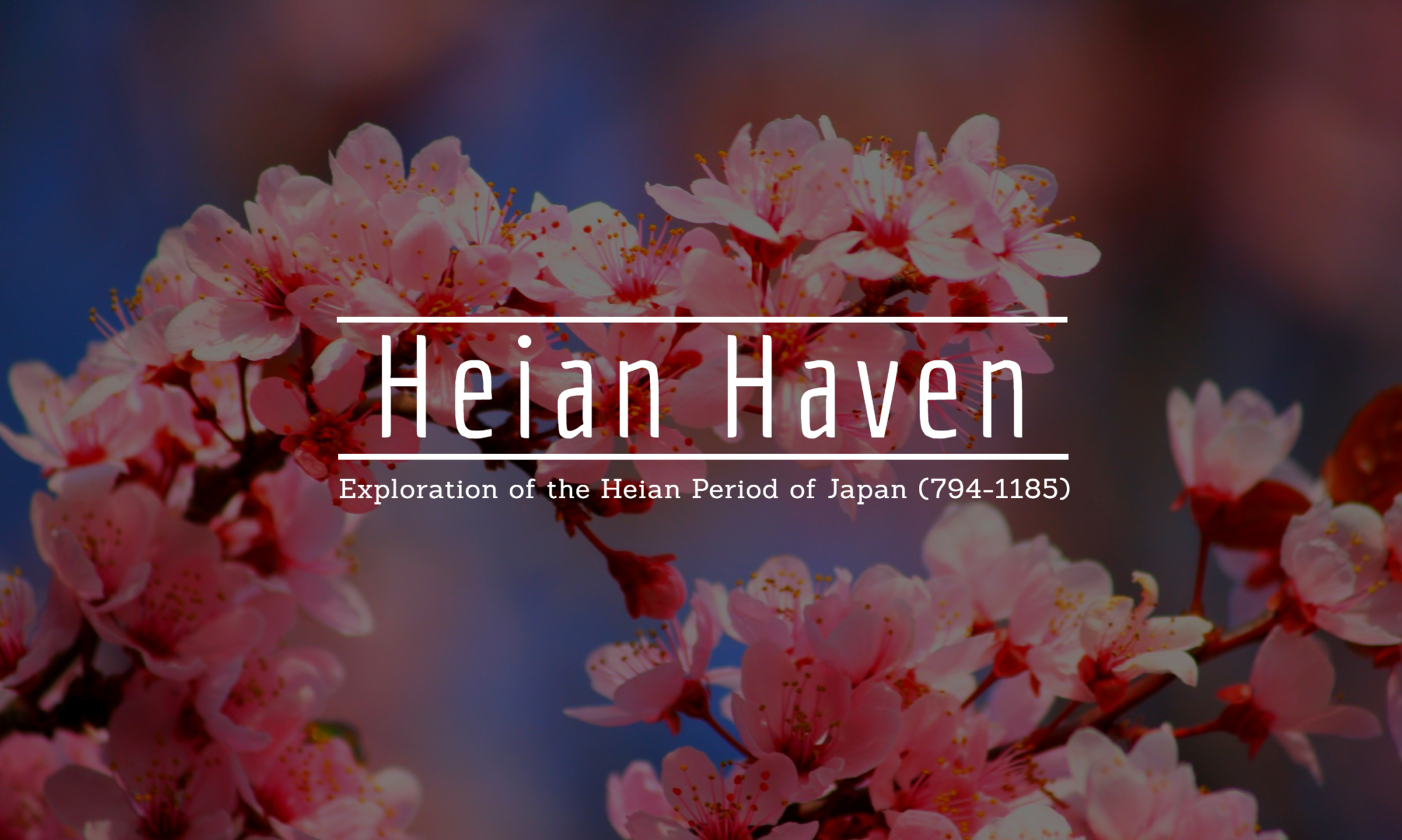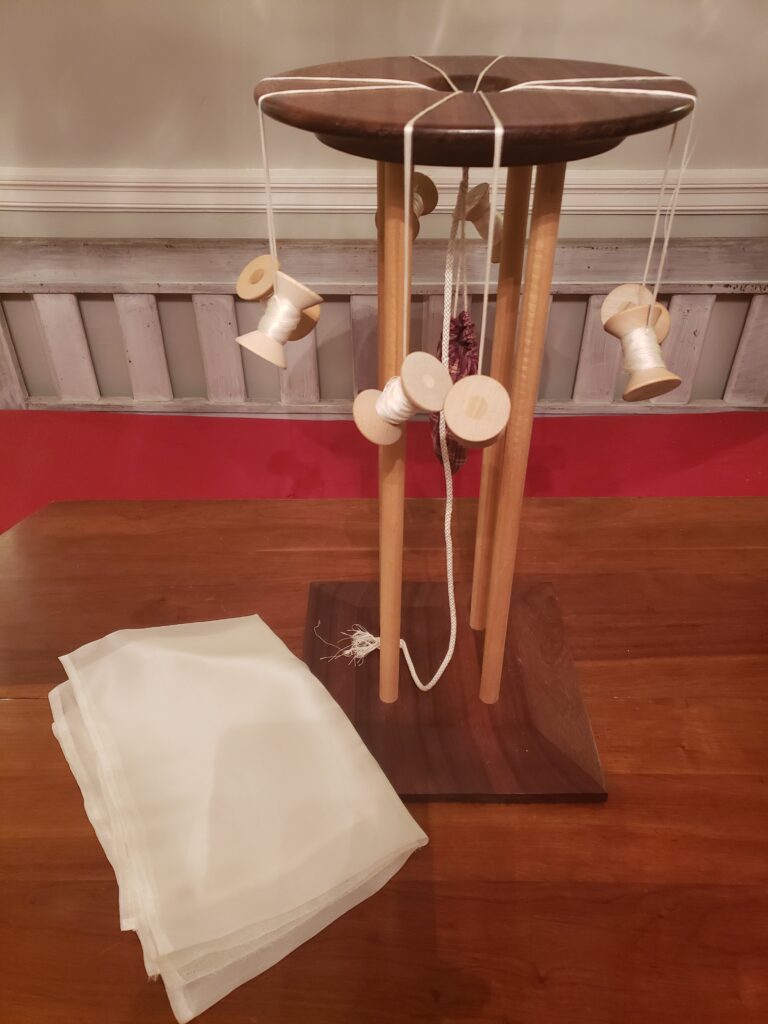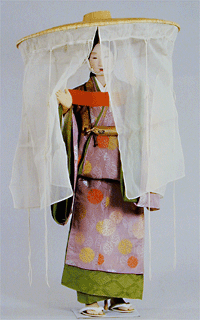It’s official. The Genji Project is in full production. Here’s a link to the first video: The Genji Project: Announcement Video
I am so proud of how this project is shaping up. I’ve been dreaming about this project for years. In 2020, I started it and then set it aside for my Travelling Outfit.
Initially this project was very narrow. Read the book. Pull the clothing references. Done. But I dreamed of ever expanding ideas of how to approach the text, and interrogated what it really was I wanted out of the project. I decided to embrace the scope creep. In 2020 I got started. I created this website, a facebook page, and a YouTube channel. I wrote the first 5 or 6 scripts, even filmed a little. And then stopped to focus on the Travelling Outfit.
As I was gearing back up for this project, I reevaluated my timeline, the scope, the goals, and am finally happy with my approach.
The new and improved plan is this: I’m reading 5 translations of Genji: Suematsu, Waley, Seidensticker, Tyler and Washburn. Yes, at the same time. I’m hoping that this will maximize my understanding. Washburn wrote “it is only through multiple translations of brilliantly complex and historically influential narratives like Genji monogatari that we can ‘get at’ a source work in another language…” There is a great deal to be learned from the subtle and not so subtle differences in the translations. I also hope to make the project more approachable for you this way. Pick the translation you like or have access to and join in. I’ll make a video for each chapter where we’ll compare the translations, talk about the plot, discuss some of the seasonal and cultural references and specifically examine colour in regards to clothing.
And then there’s Poetry. Poetry in Heian Japan was a fundamental part of court culture. It deserves its own space. So I decided to make a concurrent series with the Genji project videos – Waka Wednesdays, waka meaning “poem in Japanese”. In a video on alternating Wednesdays I’ll share and discuss a poem from our current research project and one I write inspired by the week’s reading. The Genji Monogatari contains 795 poems to explore in 54 chapters.
As a part of this project, I’m creating a video each week. On alternating Sundays I’ll release a new Genji video and on the Wednesdays in between I’ll release a Waka Wednesday video. This means the project will take just over two years to complete. At the end, I’ll have not only read but truly examined the Tale of Genji and should have a database of poetic terms, copious notes on clothing, and a deeper understanding of the Heian period. It should be fun. And a decent challenge.
Care to join me?


